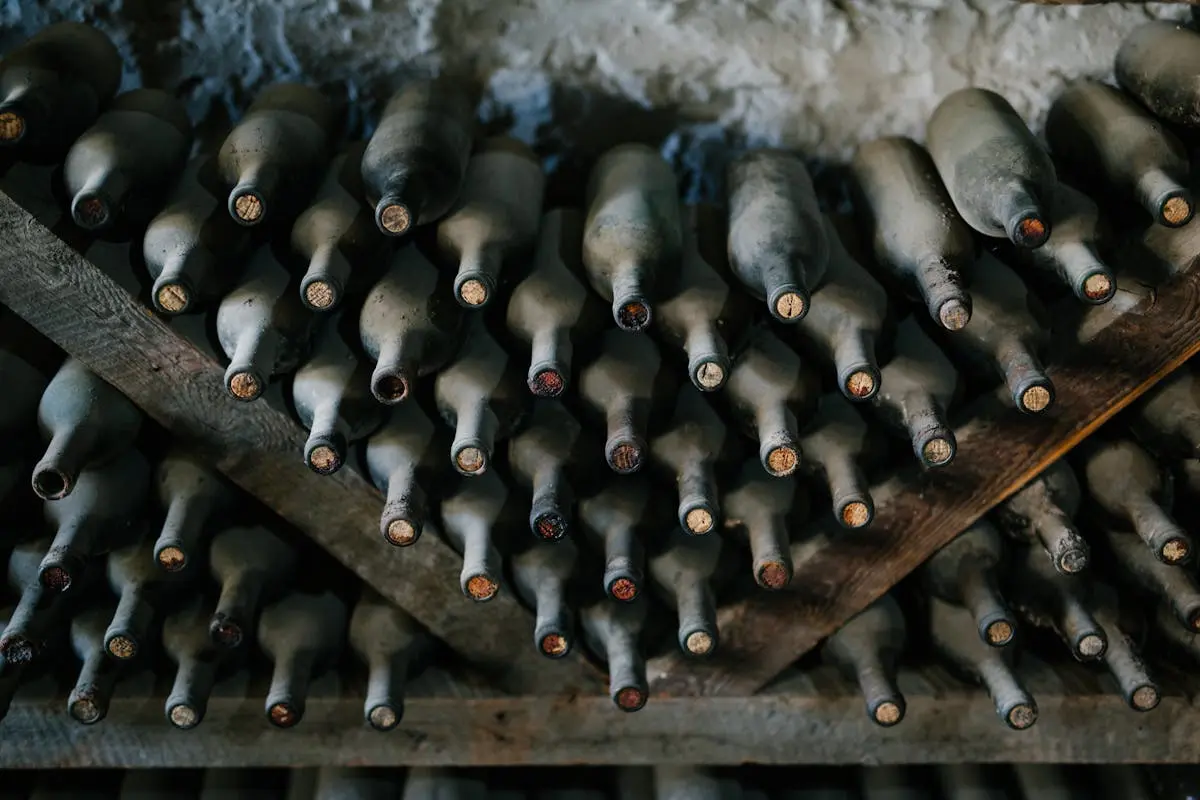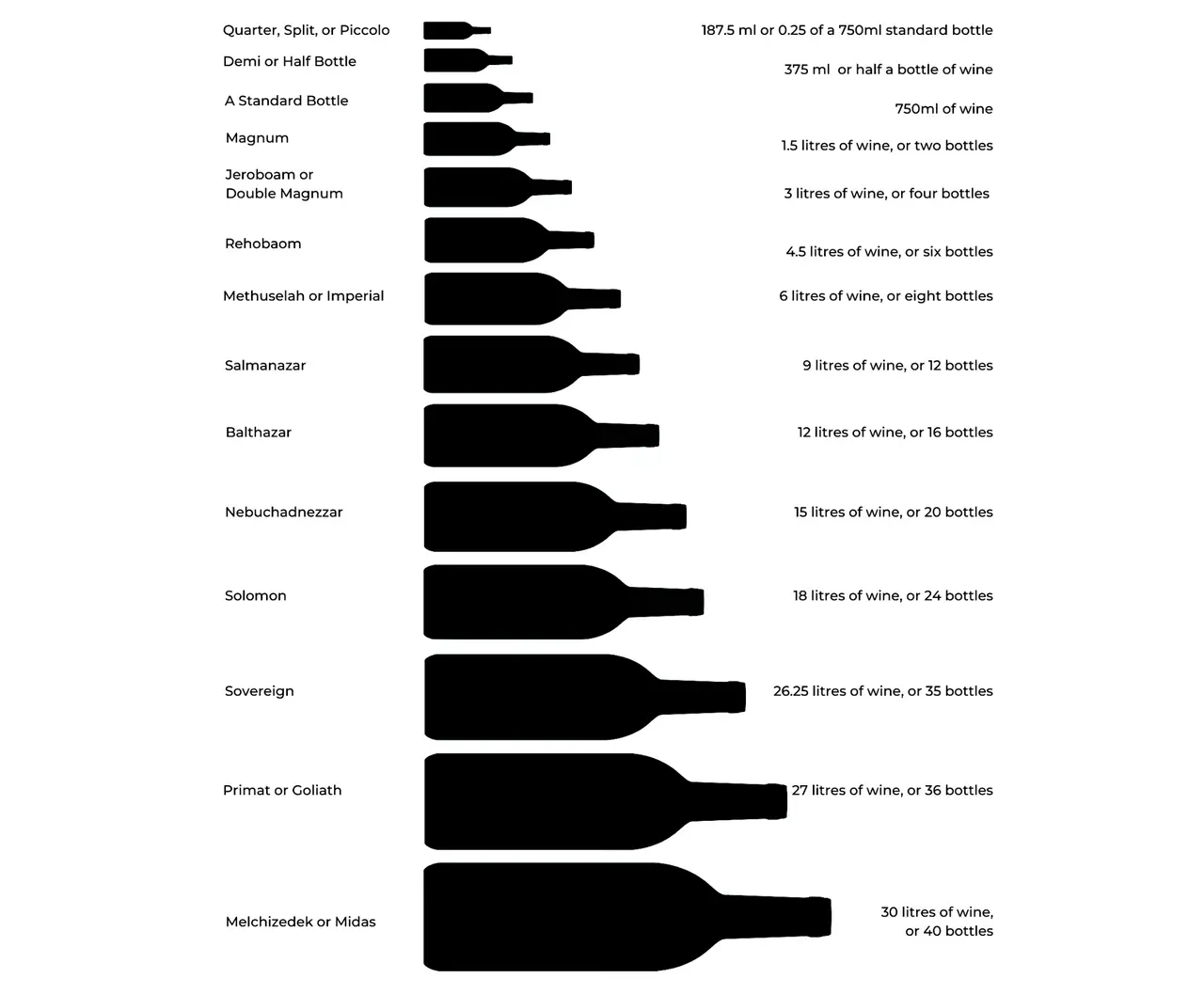Glass bottles have intricately woven themselves into the tapestry of human history, serving as indispensable containers for the storage and transportation of liquids across various civilizations and industries.
Tracing the evolution of glass bottle sizes from antiquity to the present day reveals an engaging narrative of innovation, practicality, and shifting consumer tastes.
Origins Rooted in 18th-Century France
The now-universal standard for glass bottles, the familiar 750-milliliter capacity, can trace its lineage back to 18th-century France.
Artisans of the era, finely attuned to the needs of a flourishing wine trade, perceived the necessity for a consistent bottle size.
The 750ml measurement rapidly became the preferred choice for its manageability and optimal volume, solidifying its status as the archetype for a myriad of beverages.
Factors Shaping Standardization
The path to standardization was shaped by a confluence of factors: advancements in manufacturing, consumer demand, and the influence of historical epochs.
The Industrial Revolution heralded significant innovations in glassmaking, propelling a shift towards uniform bottle sizes to enable mass production and scalability.
Other pivotal eras, such as Prohibition, have affected demand, leading to the need for smaller sizes for clandestine activities.
Embracing the Tenets of Standardization
The adoption of standardized bottle sizes has conferred numerous advantages, from the streamlining of production processes to improved consumer accessibility.
Signature volumes like the 750ml for wine and the 12oz for beer have become entrenched as industry benchmarks.
Optimizing Quality: A Comparative Analysis of Olive Oil and Wine Bottles
The design of olive oil and wine bottles extends beyond mere utility; they act as guardians of the product’s integrity.
Olive oil bottles, typically more diminutive and slender, are crafted to reduce exposure to light and air, safeguarding against flavor degradation and oxidation.
Wine bottles, however, change shape to suit different varieties, taking into account factors such as maturation and presentation.
Despite their dissimilarities, both bottle types are united by their effectiveness in content preservation.
The Grandeur of Extra Size Bottles: Magnum and Beyond
As we delve into the realm of extra-large bottle sizes, we encounter names that exude luxury and celebration.
The ‘magnum’, equivalent to two standard bottles, is a term synonymous with grand occasions. But the journey into grandiosity doesn’t end there. Larger formats such as ‘Jeroboam’, ‘Methuselah’, and the awe-inspiring ‘Nebuchadnezzar’, each named with historical and biblical characters, reflect not only the quantity of the contents but the magnitude of the celebrations they often accompany.
These vessels are crafted with a dual purpose: to captivate the eye with their impressive stature and to serve as centerpieces that transform an ordinary gathering into a memorable event.
Sustainability Priorities: A Foresight into the Future
In the realm of sustainability, the dimensions of glass bottles are of paramount importance, striking a balance between optimizing size and environmental stewardship.
With a growing inclination towards using recycled glass, consumer behavior is trending towards convenience and ecological mindfulness, leading to a more sustainable path for packaging.
The journey of glass bottle sizes, from their earliest inception to current norms, continues to spur innovation and reshape the landscape of beverage packaging.
An Endless Tale of Innovation and Development
As we reflect on the path of glass bottle sizes, we are reminded of their testimony to human innovation and cultural shifts.
These vessels, small and large, are not merely containers but symbols of our adaptability and foresight.
As we continue to push the boundaries of technology and sustainability, glass bottles will undoubtedly evolve, mirroring the essence of our civilization and its unyielding pursuit of progress.





